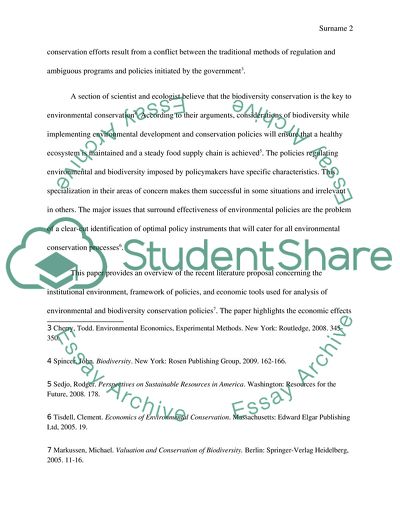Cite this document
(Conservation Policies of Biodiversity Research Paper - 1, n.d.)
Conservation Policies of Biodiversity Research Paper - 1. https://studentshare.org/environmental-studies/1761193-political-science
Conservation Policies of Biodiversity Research Paper - 1. https://studentshare.org/environmental-studies/1761193-political-science
(Conservation Policies of Biodiversity Research Paper - 1)
Conservation Policies of Biodiversity Research Paper - 1. https://studentshare.org/environmental-studies/1761193-political-science.
Conservation Policies of Biodiversity Research Paper - 1. https://studentshare.org/environmental-studies/1761193-political-science.
“Conservation Policies of Biodiversity Research Paper - 1”. https://studentshare.org/environmental-studies/1761193-political-science.


